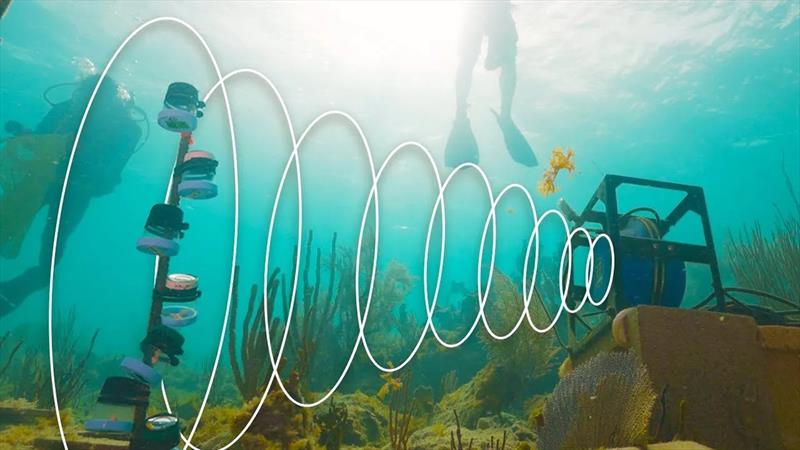
Can we use sound to build back reefs?
by The Woods Hole Oceanographic Institution 13 Nov 2022 17:12 UTC

Can we use sound to build back reefs? © The Woods Hole Oceanographic Institution
What does a healthy reef sound like? And can we use that knowledge to help save sick or endangered reefs?
The WHOI Reef Solutions Initiative team is working on reefs in St. John, U.S. Virgin Islands, to learn the answers to those questions and to explore whether what they learn can be applied to other reefs around the world. With support from Oceankind and Vere Initiative. © Woods Hole Oceanographic Institution.
Learn more: reefsolutions.whoi.edu
This article has been provided by the courtesy of Woods Hole Oceanographic Institution.